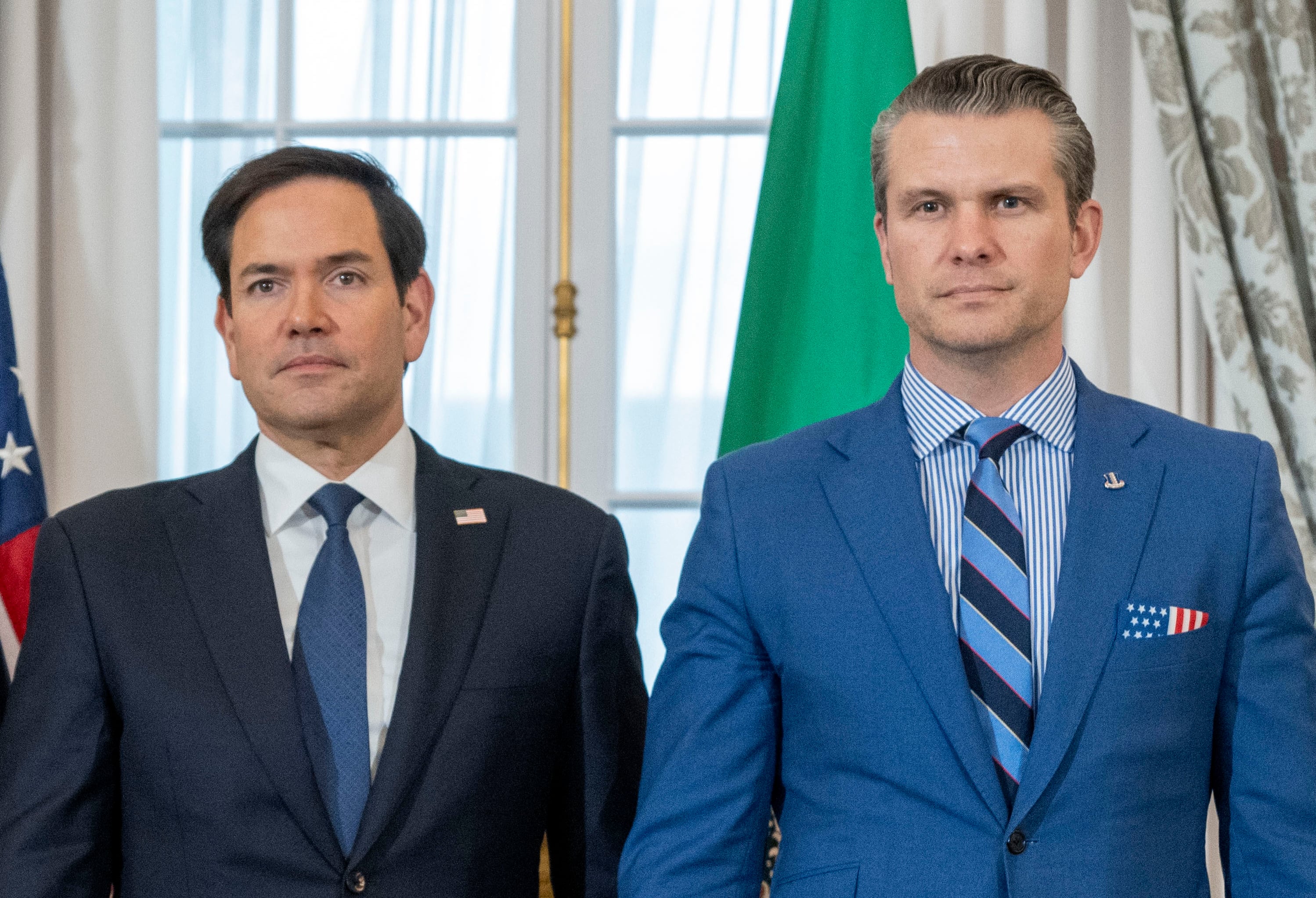In a commentary on a popular national security website, an Air Force officer suggested an alternative approach to combating wildfires, which have plagued the West Coast this summer.
Rather than fighting wildfires in the traditional way — using aircraft to drop chemical retardants on the blaze while ground crews clear brush that fuels the flames — the Air Force should try to put them out by bombing them, wrote F-15E Strike Eagle weapons systems officer Mike Benitez in War on the Rocks Aug. 1.
In the piece, Benitez suggests a technique whereby guided bombs are dropped on a fire, emitting a shockwave that snuffs out airflow behind it and temporarily slows a fire’s spread.
While the idea sounds like something a bomber pilot itching for extra flight time cooked up at happy hour, there is a precedent for such an operation.
Last month, the Swedish air force actually did drop a 500-pound GBU-49 laser and GPS-guided bomb from a fighter jet onto a burning forest that was threatening local communities.
“It’s an attempt to remove the oxygen from the fire, which is only a possibility because the fire is on a military shooting range,” rescue chief Johan Szymanski told Swedish state broadcaster SVT. “Our view is that the fire is unique and because of this we must use unconventional extinguishing methods.”
The country has also used artillery rounds to suffocate smaller fires in military shooting areas, according to a press release from the Swedish Armed Forces.
The use of a precision bomb in a limited setting isn’t unheard of, actually. But the Swedish example was a unique situation, according to Michael Gollner, an associate professor of fire protection engineering at the University of Maryland, who studies how wildfires spread and how to guard against them.
“It’s an interesting idea, however, I think there are few situations where it would be practically useful,” Gollner said. “Sweden was a very unique case, probably where traditional suppression would have worked fine if it was safe enough to do so."
The Sweden example was unique because the actual fire took place on a shooting range littered with unexploded ordnance that could “cook off” from the intense heat. This prevented ground fire fighting services from getting within a half-mile of the area.
Bombing could theoretically play a role in halting wildfires, but it’s important to understand that “most wildfire suppression efforts actually are not about ‘putting out the fire’ but instead about removing fuel ahead of the fire,” Gollner said.
Fighting a wildfire with traditional retardant drops can help slow the spread of the flames, but they’re not really able to put the fire out.
"It’s more effective at slowing spread on the flanks [sides of the fire] and when there is a change in topography, lower fuel loads, or when the weather gives you a break and is moister or calmer winds,” Gollner said. “Even when attempting to extinguish a large warehouse fire, suppression works by limiting spread by wetting surrounding fuels and controlling the fire from growing further. It isn’t truly extinguishment. The ignited fuel has to burn out.”
In the case of a large detonation from a bomb, the effects on the fire would likely only be temporary.
“The momentary lull following a bomb would quickly have flames pick up again as a brief bit of wind picks up and plenty of fuel is still available," Gollner said. "The only way this would work is for a very small fire that could be completely covered, where almost all the available fuel surrounding the fire was also taken out. This is not only impractical for a large fire, but also incredibly damaging to surrounding ecosystems.”
Gollner said a better fire management technique is simply managing lands in advance of large forest fires.
“If we were to have more small fires, more often, we wouldn’t have these extreme fires occurring during bad weather that turn completely out of control,” he said. “We’d have smaller ones that could be tackled by traditional means.”

Still, Benitez’s commentary is an exercise in thought. It encourages out-of-the-box thinking and unconventional uses for traditional tools.
And while the application may be limited, it’s not without its uses, as demonstrated by the Swedes.
Honing that capability and devising a more suitable delivery method could be worth exploring.
“At best, maybe the collective output of any defense experimentation is that the fire is suppressed enough to dispel its local weather influence, reintroducing predictability to the firefighting effort,” Benitez wrote. “At worst, nothing meaningful happens on the ground and aircrews get some training.”
Kyle Rempfer was an editor and reporter who has covered combat operations, criminal cases, foreign military assistance and training accidents. Before entering journalism, Kyle served in U.S. Air Force Special Tactics and deployed in 2014 to Paktika Province, Afghanistan, and Baghdad, Iraq.





